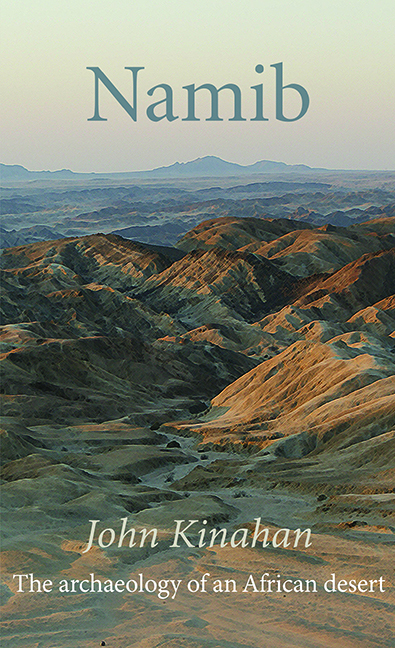Book contents
- Frontmatter
- Contents
- Miscellaneous Frontmatter
- Map
- Dedication
- Preface
- Acknowledgements
- Notes to the Reader
- List of Abbreviations
- List of Figures and Tables
- 1 Introduction
- 2 First Footsteps
- 3 Time’s Arrow
- 4 Mountain Refuge
- 5 Elephants and Rain
- 6 Desert Garden
- 7 The Family Herd
- 8 The Black Swan
- 9 Men in Hats
- 10 The Death of Memory
- Epilogue
- Glossary
- Bibliography
- Index
- Frontmatter
- Contents
- Miscellaneous Frontmatter
- Map
- Dedication
- Preface
- Acknowledgements
- Notes to the Reader
- List of Abbreviations
- List of Figures and Tables
- 1 Introduction
- 2 First Footsteps
- 3 Time’s Arrow
- 4 Mountain Refuge
- 5 Elephants and Rain
- 6 Desert Garden
- 7 The Family Herd
- 8 The Black Swan
- 9 Men in Hats
- 10 The Death of Memory
- Epilogue
- Glossary
- Bibliography
- Index
Summary
‘We shall not cease from exploration, and the end of all our exploring will be to arrive where we started, and know the place for the first time.’
T.S. Eliot, Four Quartets
The human history of the Namib Desert is a tangled skein, and coaxing its threads apart, we find recurrent combinations of particular artefacts or materials, their dating, and the ecological or landscape setting in which they were employed. This is the pattern of the past, a complex set of relationships, of articulations to be laid out almost as a skeleton. Such is our first and most simple purpose, of description and functional linkage between site, assemblage and environment. But in this book, our object in carefully following out the lines of evidence before us has been to go beyond description and pattern to try and discover the processes that lie beneath the appearance of things.
Exploring the archaeological evidence with this purpose in mind, I found it helpful to pay out a metaphorical length of string as I went along, so that I (and the reader) could always retreat and look for another way. So, in the manner of Ariadne's mythological thread, I marked my course using the adaptive cycle, or Holling loop, explained in the opening chapter. There I set out the particular advantages of this approach, based on the non-linear landscape-based relationships between human and natural systems, in the general framework of human ecodynamics. I hope that in the preceding chapters I have shown that this has some advantages over the traditional antiquarian approach to archaeology in Namibia, while also presenting a promising alternative to other current approaches to the archaeology of the wider region.
The evidence from the Namib Desert provides many examples of systemic interactions, a panarchy of nested and intersecting adaptive cycles. These interactions occurred on multiple scales, ranging from local settlement patterns to sub-regional systems of social networks and exchange. The evidence also shows how these interactions operated at different rates, ranging from the millennial to the decadal, and of persistence or continuity in both occupation sequences and patterns of resource dependence. The Namib Desert has provided many examples that illustrate the usefulness of the adaptive cycle approach. Of these, I propose to review briefly only a few in this closing discussion.
- Type
- Chapter
- Information
- NamibThe Archaeology of an African Desert, pp. 429 - 451Publisher: Boydell & BrewerPrint publication year: 2022



